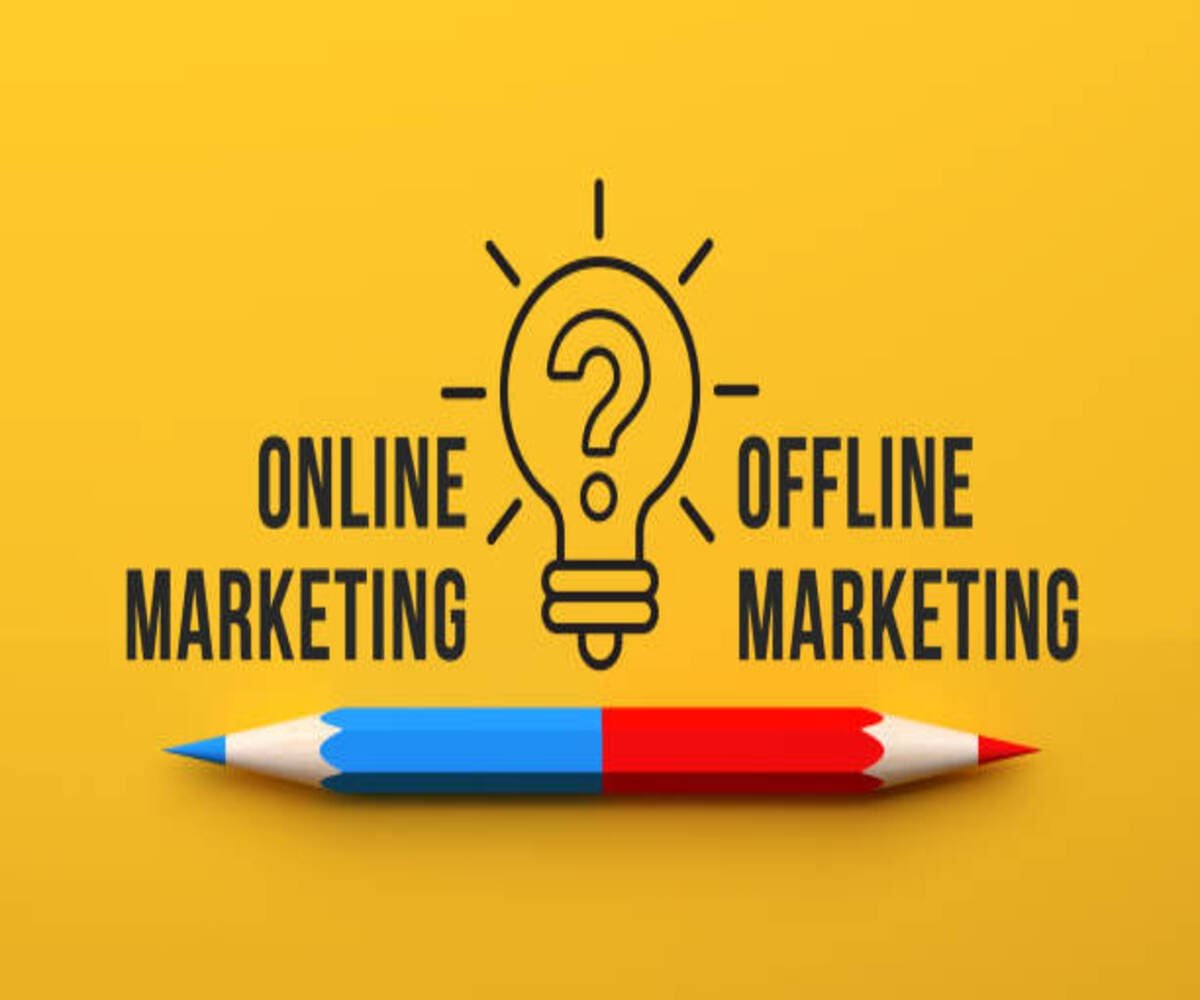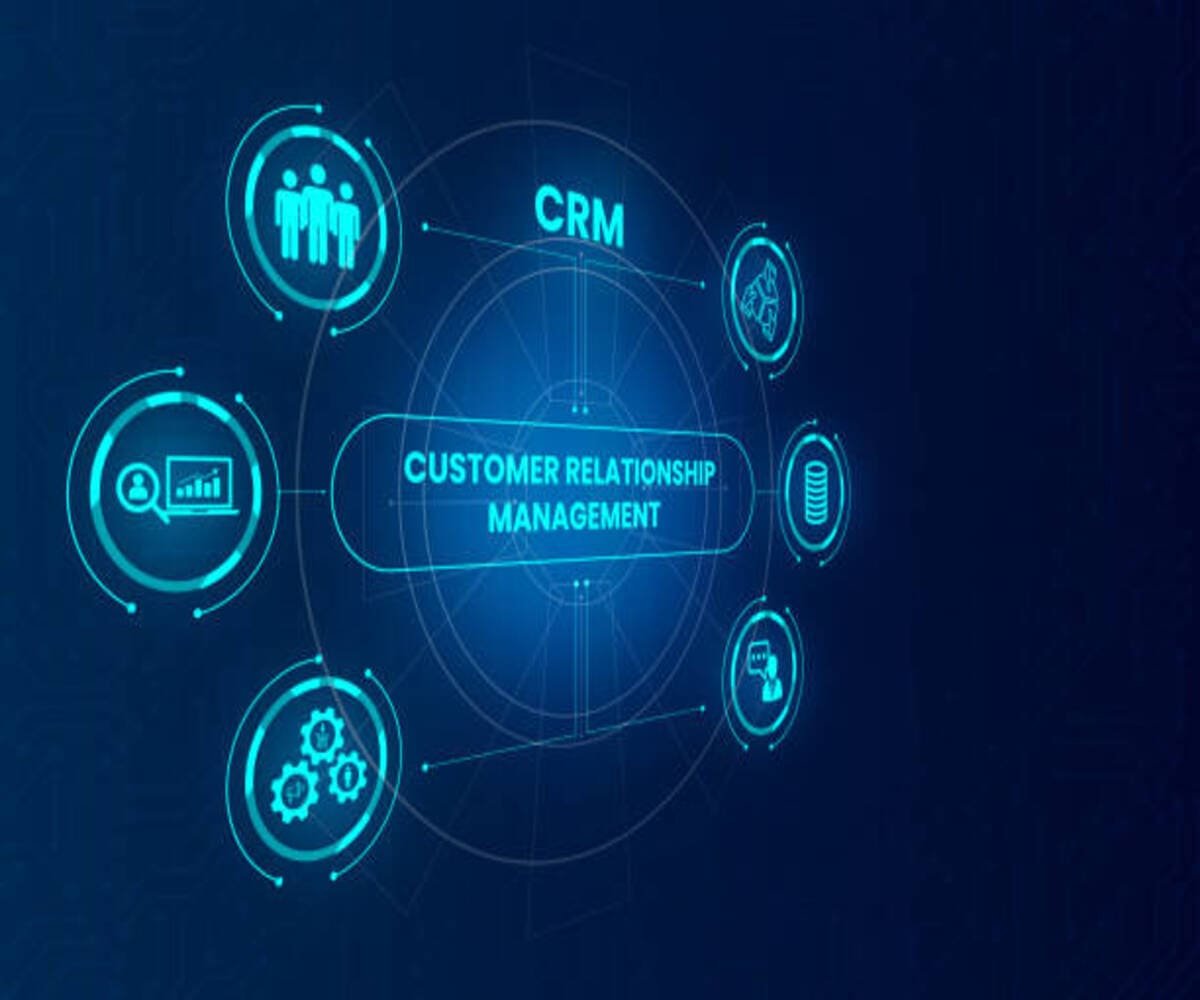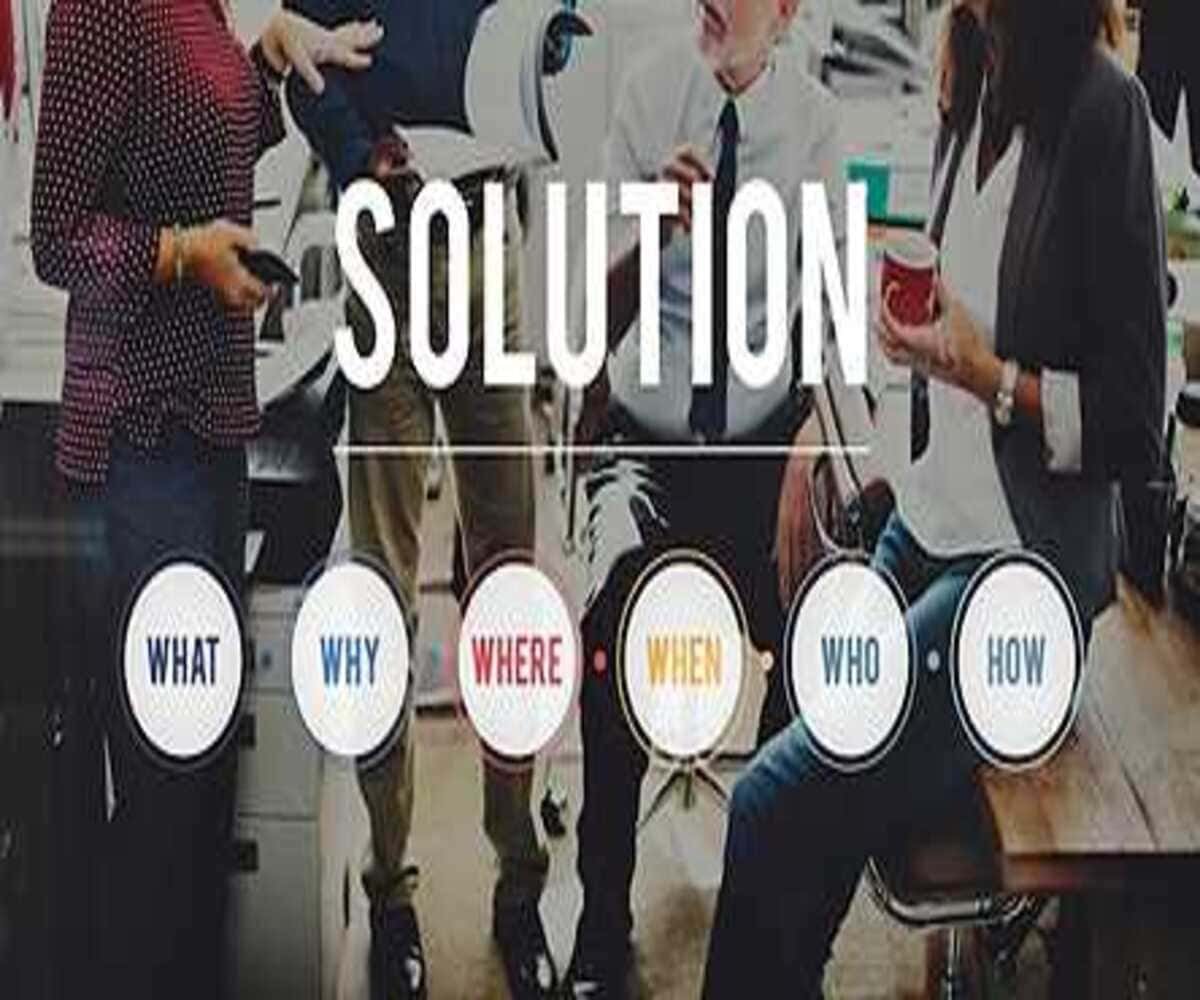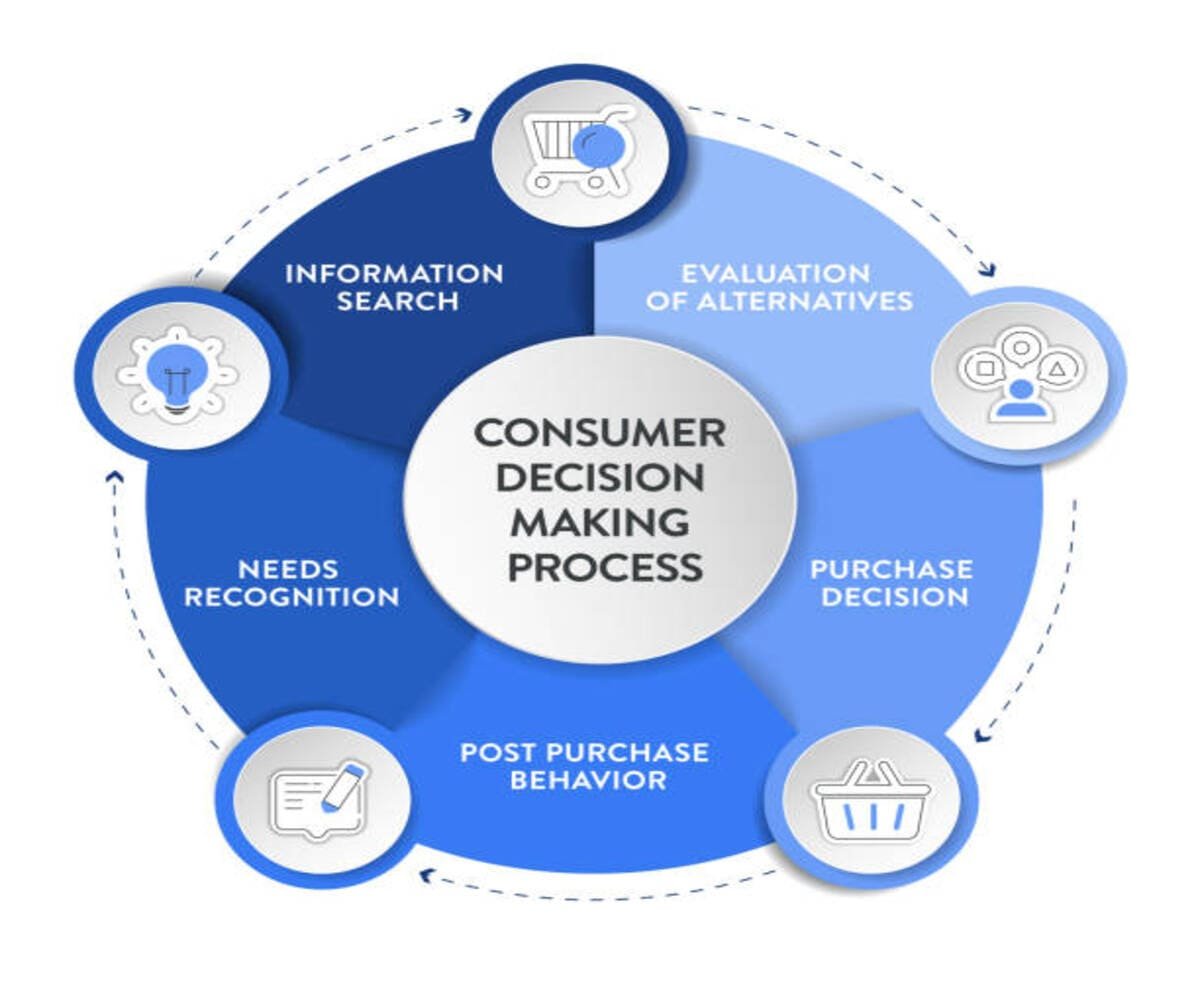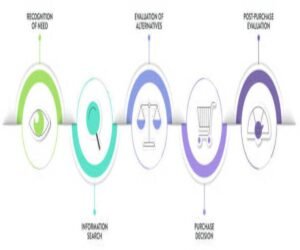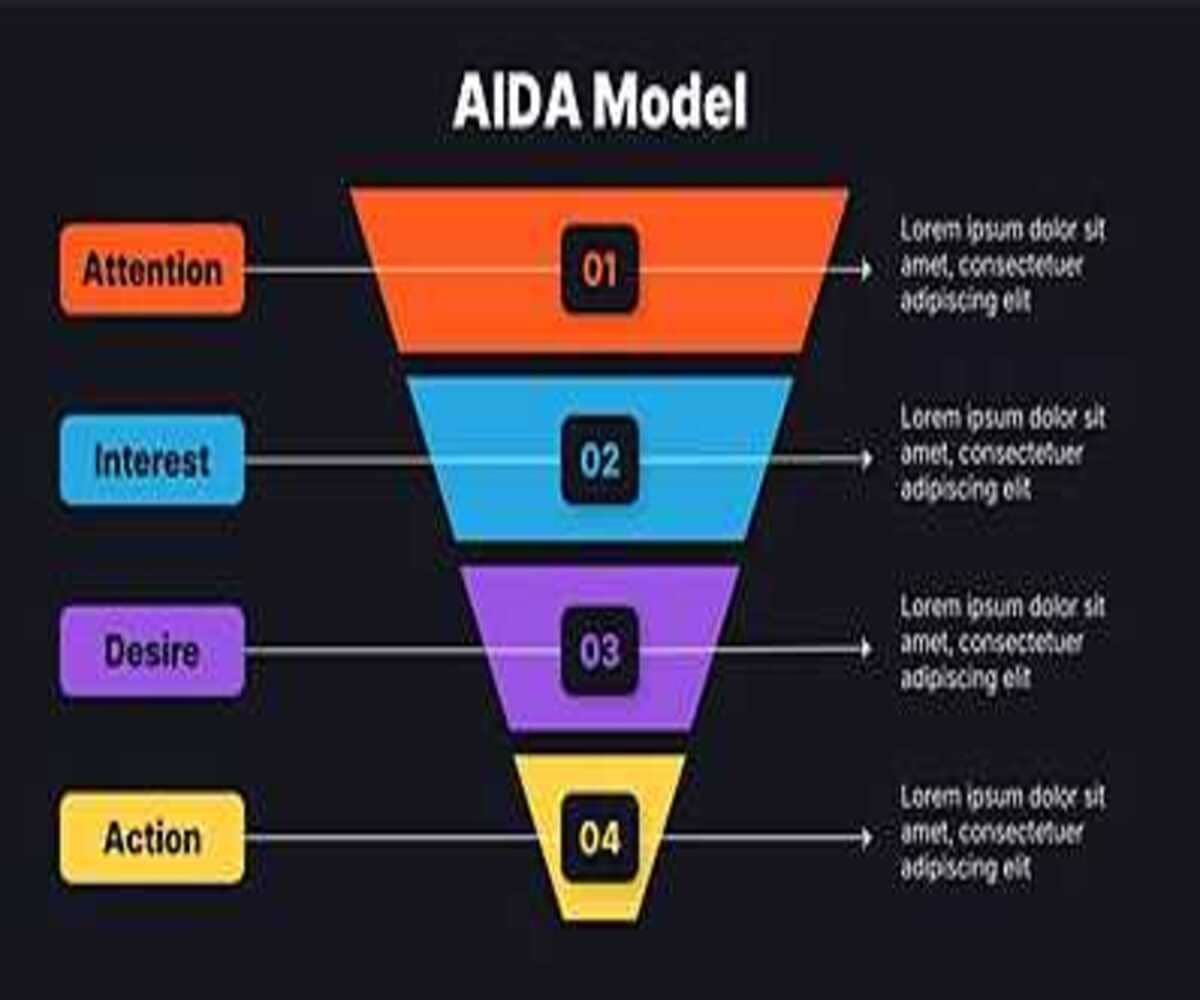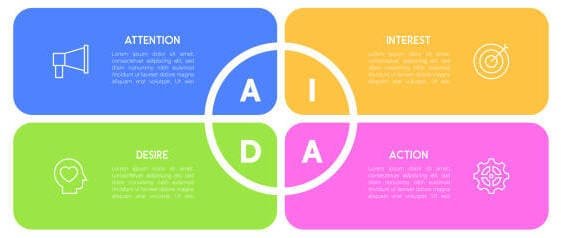Introduction
Artificial Intelligence (AI) and automation are revolutionizing the sales and marketing landscape, helping businesses optimize workflows, enhance customer experiences, and increase revenue. By leveraging AI-powered tools, companies can streamline repetitive tasks, gain deep customer insights, and personalize interactions at scale.
This guide explores how AI and automation are transforming sales and marketing, highlighting key benefits, tools, and strategies for implementation.
1. AI in Sales: Enhancing Efficiency and Personalization
Why It Matters:
AI helps sales teams automate processes, identify high-value leads, and improve conversion rates through data-driven decision-making.
How AI Is Transforming Sales:
- Predictive Lead Scoring – AI analyzes past customer behavior to prioritize high-quality leads.
- Chatbots & Virtual Assistants – Automate customer interactions and provide instant responses.
- Sales Forecasting – AI models predict future sales trends based on historical data.
- Email Automation & Personalization – AI tailors email content based on recipient preferences and behaviors.
- CRM Automation – AI-powered CRMs streamline lead management, follow-ups, and engagement tracking.
Top AI Sales Tools:
- Salesforce Einstein
- HubSpot Sales Hub
- Pipedrive AI Sales Assistant
- Drift Conversational AI
2. AI in Marketing: Driving Engagement and Conversions
Why It Matters:
AI enables marketing teams to create hyper-personalized campaigns, improve audience targeting, and optimize marketing spend.
How AI Is Transforming Marketing:
- AI-Powered Content Creation – Tools generate blog posts, social media updates, and product descriptions.
- Programmatic Advertising – AI automates ad placements, optimizing performance in real time.
- Customer Segmentation – AI categorizes customers based on behavior, demographics, and preferences.
- SEO & Keyword Optimization – AI tools analyze search trends to improve website ranking.
- AI-Driven Social Media Management – Automates scheduling, engagement tracking, and sentiment analysis.
Top AI Marketing Tools:
- ChatGPT for Content Creation
- Google Ads Smart Bidding
- HubSpot Marketing Hub
- SEMrush for SEO Optimization
3. Marketing Automation: Streamlining Campaigns and Customer Engagement
Why It Matters:
Marketing automation helps businesses save time, reduce manual work, and ensure consistent customer engagement.
Key Benefits of Marketing Automation:
- Lead Nurturing – Automated email sequences guide leads through the sales funnel.
- Drip Campaigns – Send personalized messages based on user actions.
- Social Media Scheduling – Plan posts in advance and optimize timing.
- Dynamic Website Personalization – Display content based on visitor behavior.
- A/B Testing & Performance Analysis – AI tests different marketing approaches for optimal results.
Top Marketing Automation Tools:
- Mailchimp
- Marketo
- ActiveCampaign
- Hootsuite
4. AI & Automation in Customer Experience (CX)
Why It Matters:
AI enhances customer interactions by providing instant support and personalized recommendations, leading to higher satisfaction and retention rates.
How AI Improves Customer Experience:
- Chatbots & AI Assistants – Provide real-time customer support.
- Sentiment Analysis – AI detects emotions in customer feedback to refine messaging.
- Personalized Product Recommendations – AI suggests products based on browsing and purchase history.
- Automated Surveys & Feedback Collection – AI gathers and analyzes customer insights.
Top AI CX Tools:
- Zendesk AI Chatbots
- Intercom Conversational AI
- IBM Watson AI for CX
5. The Future of AI and Automation in Sales & Marketing
Emerging Trends:
- Voice Search Optimization – AI-driven voice search is shaping SEO strategies.
- Hyper-Personalization – AI delivers highly customized content and offers.
- AI-Powered Video Marketing – Automated video creation and personalization are growing.
- Blockchain & AI Integration – Enhances data security and transparency in marketing.
How Businesses Can Adapt:
- Invest in AI-Powered Tools – Adopt AI-driven CRM, chatbots, and analytics platforms.
- Train Teams on AI & Automation – Upskill employees to leverage AI effectively.
- Monitor AI Performance – Continuously analyze AI-driven strategies for improvement.
Conclusion
AI and automation are reshaping sales and marketing by optimizing processes, enhancing customer experiences, and driving higher engagement. By adopting AI-powered tools and automation strategies, businesses can stay ahead of the competition and achieve sustainable growth.
Enhance Your Sales & Marketing Strategy with SignifyHR
At SignifyHR, we help businesses integrate AI and automation into their sales and marketing strategies. Contact us today to unlock the power of AI-driven growth!




